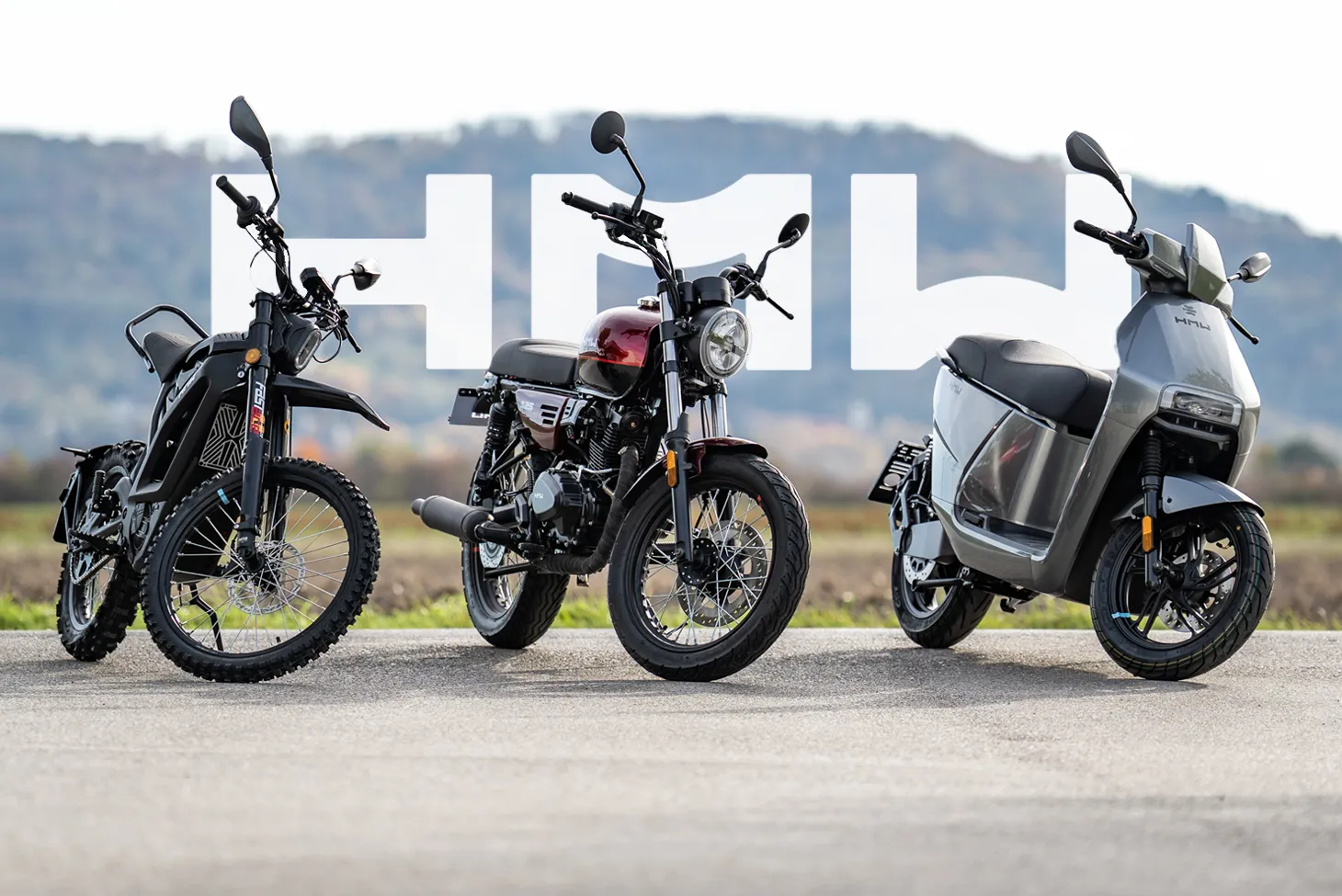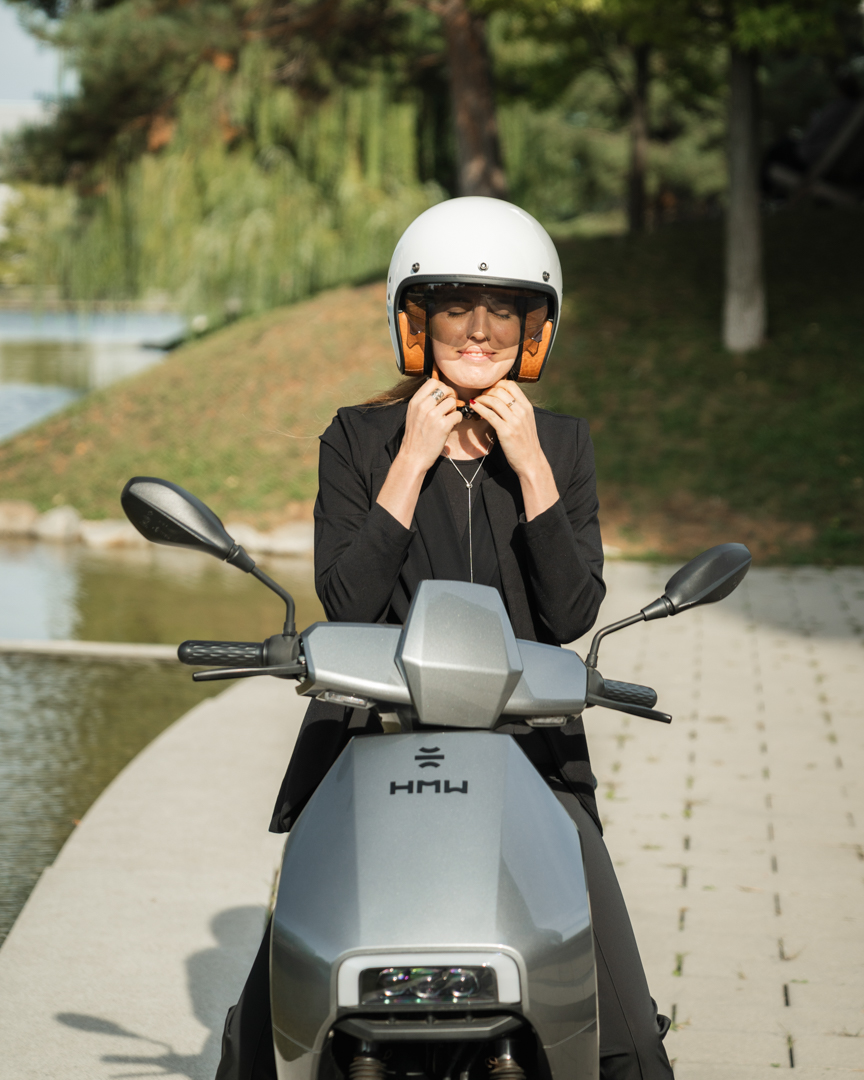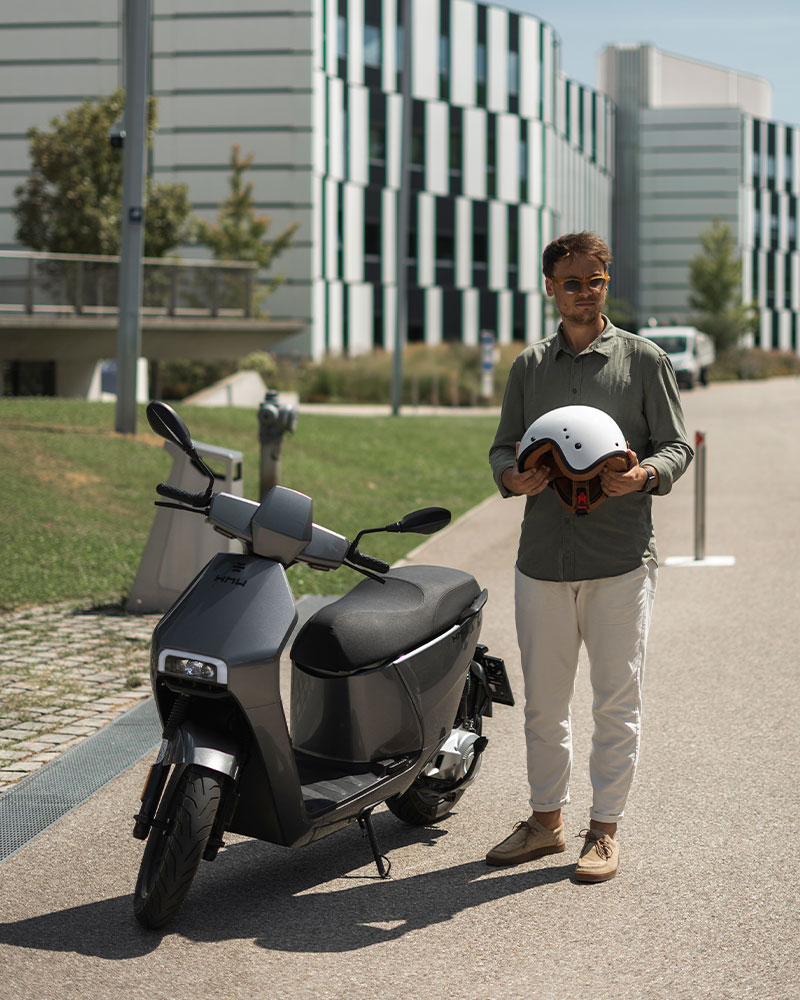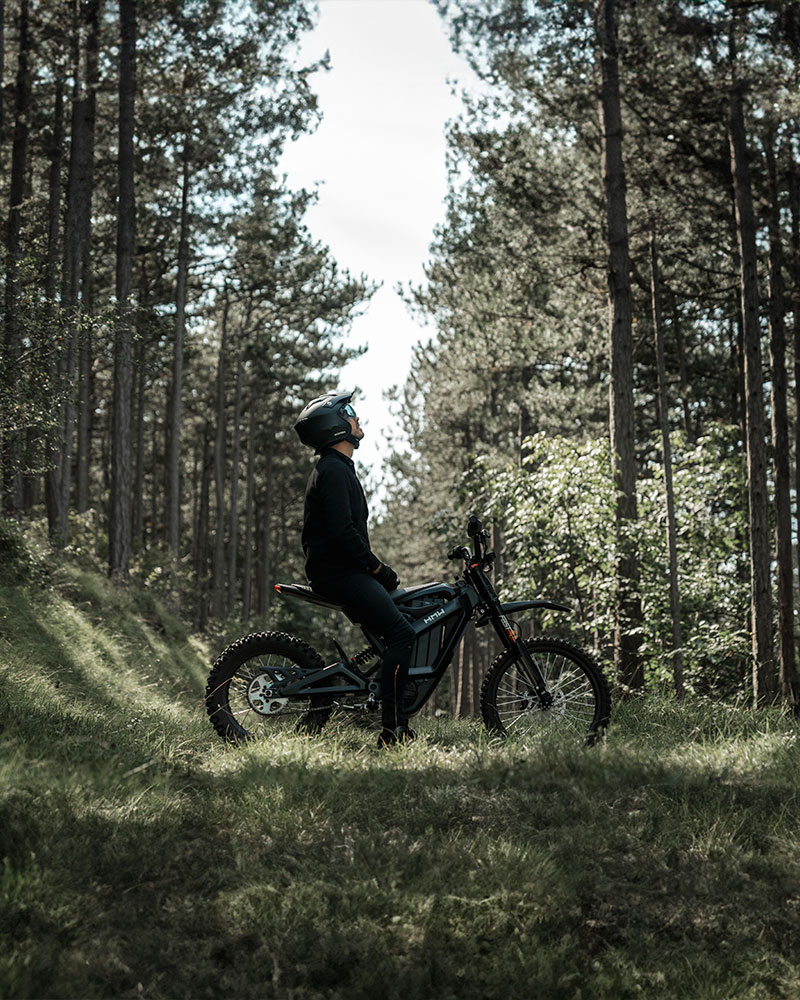1. Estimate Range Realistically
Range is one of the most critical specs when choosing an electric moped. Manufacturers often list idealized figures based on controlled test environments — flat roads, moderate speeds, and no extra load. However, real-world usage paints a different picture: hills, cold weather, heavy riders or passengers, and stop-and-go traffic can significantly reduce range. Our tip: always assume a buffer of 20–30%. If you ride about 10 miles (15 km) a day, aim for a model that can go at least 30–40 miles (50–70 km) on a single charge to avoid range anxiety.
2. Battery: Removable, Powerful, and Quick to Charge?
The battery is the most important — and often the most expensive — component of your electric moped. Check the battery’s capacity (measured in Ah or Wh), charging time, and most importantly, whether it’s removable. A removable battery makes charging far more convenient, especially for riders without access to a garage or outdoor socket. Also, find out how easy it is to get replacement or spare batteries, and what they cost. A cheap moped with rare or overpriced batteries can quickly turn into an expensive headache.
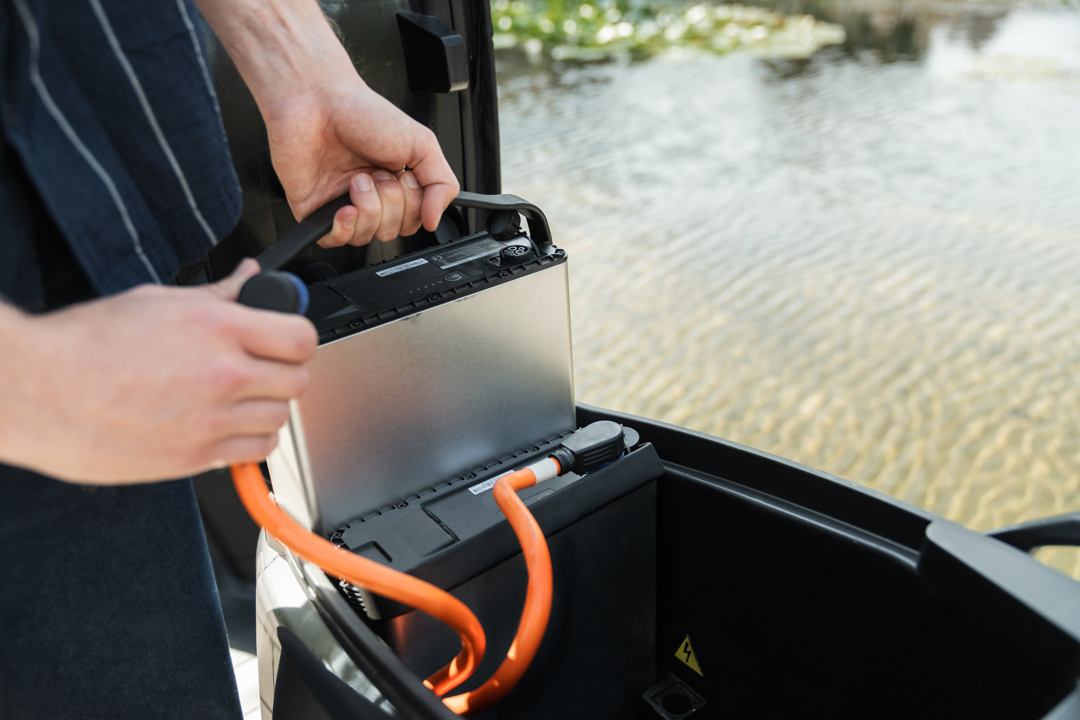
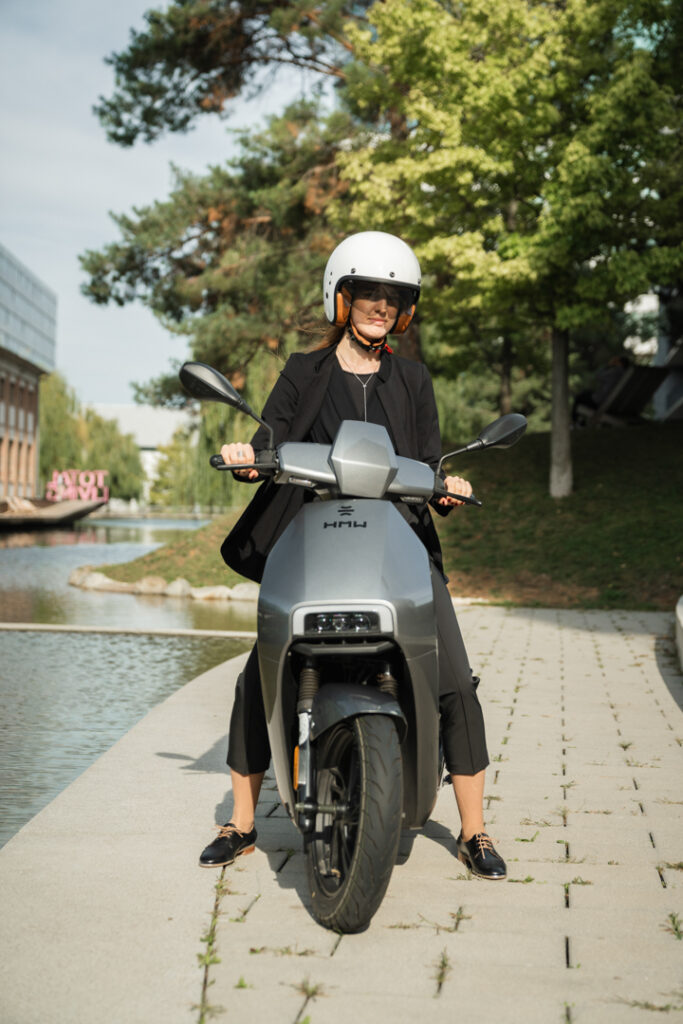
3. Motor Power and Riding Performance
The motor determines how quickly your moped accelerates and how well it handles inclines. Most electric mopeds are limited to a top speed of around 45 km/h (28 mph), which is typically sufficient for urban traffic. Still, power output matters: if you live in a hilly area, carry a passenger, or want quicker starts at traffic lights, opt for a motor with higher wattage — 1,500 to 2,000 watts is a good starting point. A more powerful motor improves responsiveness and riding comfort, and gives you a safer experience in dynamic traffic.
4. License & Insurance Requirements
Even though electric mopeds are often marketed as easy, hassle-free transport options, they still come with legal requirements. In most countries, you’ll need at least a basic driver’s license or moped permit to operate an e-moped on public roads — check your local regulations for specifics. Insurance is typically mandatory as well. Many regions require liability insurance and display of a registration or insurance plate. While regular inspections like vehicle safety checks may not be required everywhere, you are always responsible for keeping your moped safe and roadworthy.
5. Comfort and Features Matter
An electric moped isn’t just a machine — it’s a daily companion. Make sure it’s comfortable and suits your body size and riding needs. Is the seat height appropriate? Can you ride comfortably with a passenger? Is there enough storage space under the seat, or can you add a top case? Other useful features to look for include LED lighting, digital displays, USB ports, cruise control, and smartphone apps for battery monitoring or GPS tracking. Don’t just rely on specs — if possible, test ride different models to see what works for you.
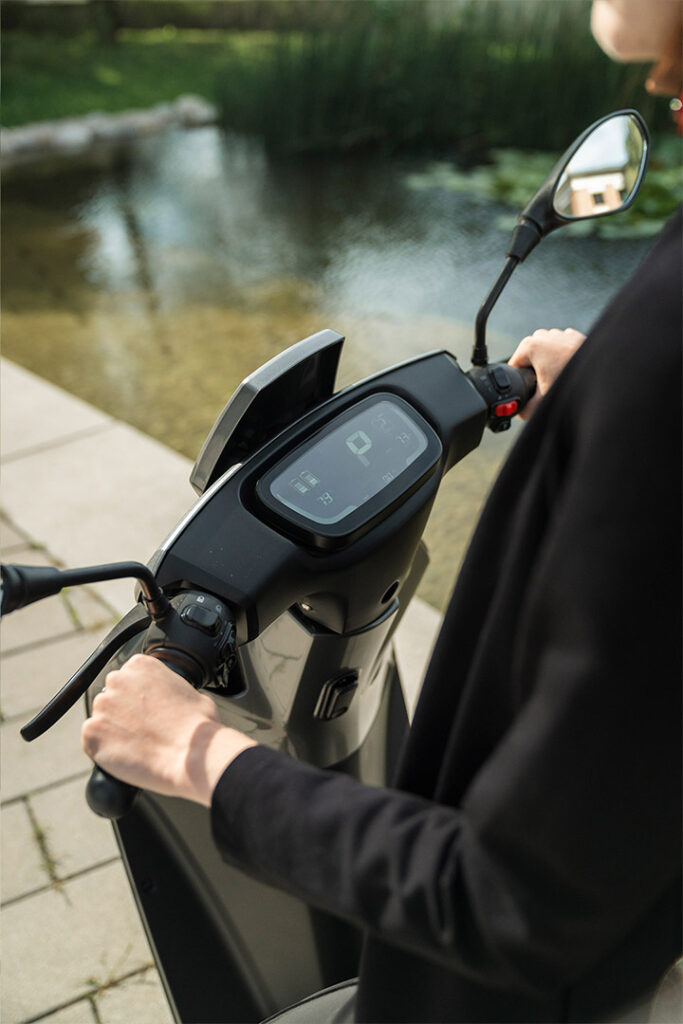
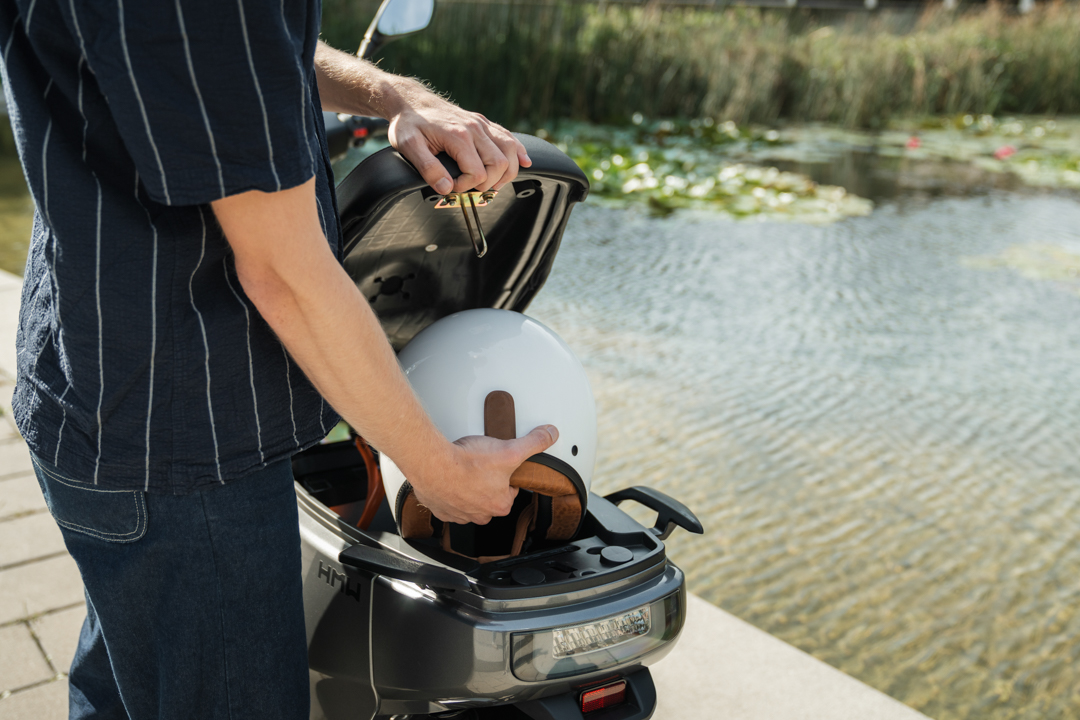
6. Choose a Reputable Brand or Dealer
Buying an electric moped is a long-term investment, and the cheapest option isn’t always the best. Go with trusted brands or dealers that offer clear warranties, good customer support, and a reliable supply of spare parts. Look for real user reviews, ask about service options in your area, and check how long the brand has been on the market. Avoid unknown imports with unclear certification, as they may be difficult (or impossible) to repair if issues arise. Also make sure the moped receives regular software updates, especially if it includes smart connectivity features.
7. Explore Incentives and Subsidies
Many countries, cities, or utility companies offer grants, rebates, or tax incentives for buying electric two-wheelers. While the details vary widely, such incentives can significantly reduce your purchase cost. Typical eligibility requirements include using a certified electric drivetrain, buying from an authorized local dealer, or registering the vehicle officially. Be sure to check local government websites or ask your dealer about available programs before purchasing. Some employers even support sustainable commuting with additional bonuses or leasing options.
Conclusion: Well-Informed Means Well-Equipped
An electric moped is more than just a ride — it’s a commitment to modern, clean, and efficient mobility. By understanding key factors like range, battery options, performance, and brand reputation, you’ll not only avoid costly mistakes but also enjoy a smoother, safer, and more sustainable ride. Use our checklist to help guide your decision.
Your Electric Moped Buying Checklist:
- Is the range sufficient for your daily needs (with buffer)?
- Does it have a removable battery?
- Is the motor powerful enough for your terrain and usage?
- Are license and insurance requirements fulfilled?
- Is it comfortable and equipped with the right features?
- Does the brand offer reliable support and spare parts?
- Have you explored available financial incentives?


